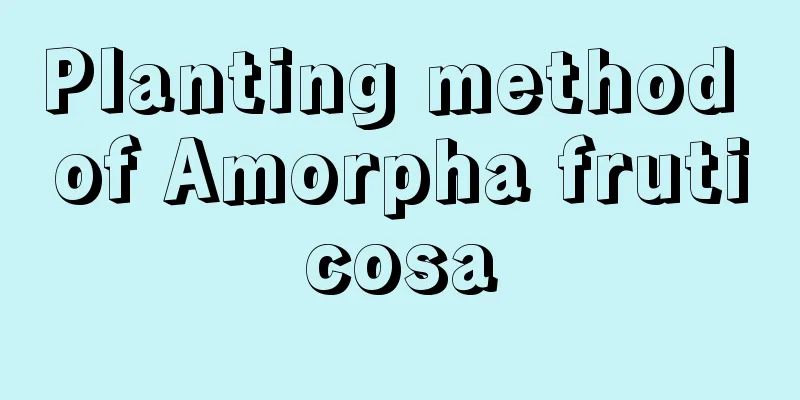Apricot cultivation methods and precautions

1. Maintenance methods1. Temperature: Since apricots like warmth, try to keep the temperature between 20 and 25 degrees. It has a very strong ability to withstand heat, so the high temperatures in summer generally do not pose much of a threat to it, but it should not be placed in an environment that is too hot and stuffy. Furthermore, it is relatively cold-resistant, but the parts above ground are afraid of frost. 2. Light: Ailanthus alba has a very strong adaptability to sunlight, because it grows well regardless of whether it is in strong light or weak light. If you want it to grow better, you can provide an environment with diffuse light. 3. Watering: Ailanthus has good resistance to drought, so the amount of water required under normal circumstances is not much. Just supplement it with an appropriate amount as long as it is not very dry for a long time. However, when evaporation is very high, try to provide sufficient water. 4. Fertilization: The apricot plant does not require much fertilizer and has strong adaptability. As long as the nutrients in the soil are sufficient, there is basically no need for top dressing. 2. Breeding techniques1. Reproduction: You can use the sowing method, either "row sowing" or "broadcasting". When the fruit turns brown, it can be harvested, then the seeds are taken out and suitable for sowing. It needs to be soaked for 24 hours before sowing. The row spacing and plant spacing can be controlled at fifty centimeters. Once it grows into a seedling, it can be transplanted. 2. Pruning: The leaves of the apricot tree often grow very dense, especially when it is growing very vigorously. Therefore, regular pruning is required. If it is too dense or messy, you can cut off some of it. Then, the diseased leaves can be cut off directly. If it is planted on a large scale, the plants can be disposed of directly. 3. Problem diagnosis and treatment1. Disease: The main disease is "wilt disease". Methyl thiophanate is more effective, and carbendazim can also be used. It can be sprayed once every five to seven days, and it can be cured in two or three times. 2. Pests: One of the most common pests is the cabbage looper. BT powder can be used to kill them. IV. Other issues1. Toxicity: Its young leaves contain a substance that is poisonous. However, the toxicity is not serious, and the toxicity will disappear after cooking. 2. Can it be grown at home? It is not an ornamental plant and is generally not grown at home. |
>>: Cultivation method of flying feather arrowroot
Recommend
The efficacy and function of Yanhusuo
Edible value Yanhusuo wine Take an appropriate am...
What is the best fertilizer for jackfruit trees?
Time to fertilize jackfruit tree Fertilization of...
How to care for roses and pomegranates in winter
1. Fertilizer 1. Orchard If you are in a pomegran...
How to prune flower trees
When to prune flowering trees Flower trees are pr...
Leaf cutting propagation method of tiger skin plant
1. Prepare the leaves First, cut a leaf from the ...
How to plant Ornithogalum seeds
Obtaining seeds Where are the seeds of Tiger Eye ...
In 1 minute, a plastic bottle turns into an automatic water-absorbing flower pot! No problem even without watering for a month!
Step 1 Prepare a plastic bottle, cotton thread (w...
How to judge whether Milan should be watered How to judge whether Milan should be watered
Milan likes to grow in a humid environment, which...
How often should I water the Osmanthus fragrans
1. Spring We all know that this is a flower that ...
Can passion fruit be planted in pots?
Can passion fruit be grown in pots? Passion fruit...
These 7 kinds of flowers love sunshine the most. The more they are exposed to sunshine, the more flowers they bloom, and the pots will be full of flowers in just one month!
Catharanthus roseus 1. Adequate lighting Catharan...
Cultivation methods and precautions of hydroponic aloe vera
1. Breeding methods 1. Sunlight After planting, i...
How to plant Buddaria seeds
one. step 1 For seed planting, the first thing to...
Difference Between Plantain and Banana
Appearance Difference The first thing to distingu...
New Technology for the Management of Baitangpeng Litchi
Baitangpeng lychee , also known as Honey Sugar Pe...









